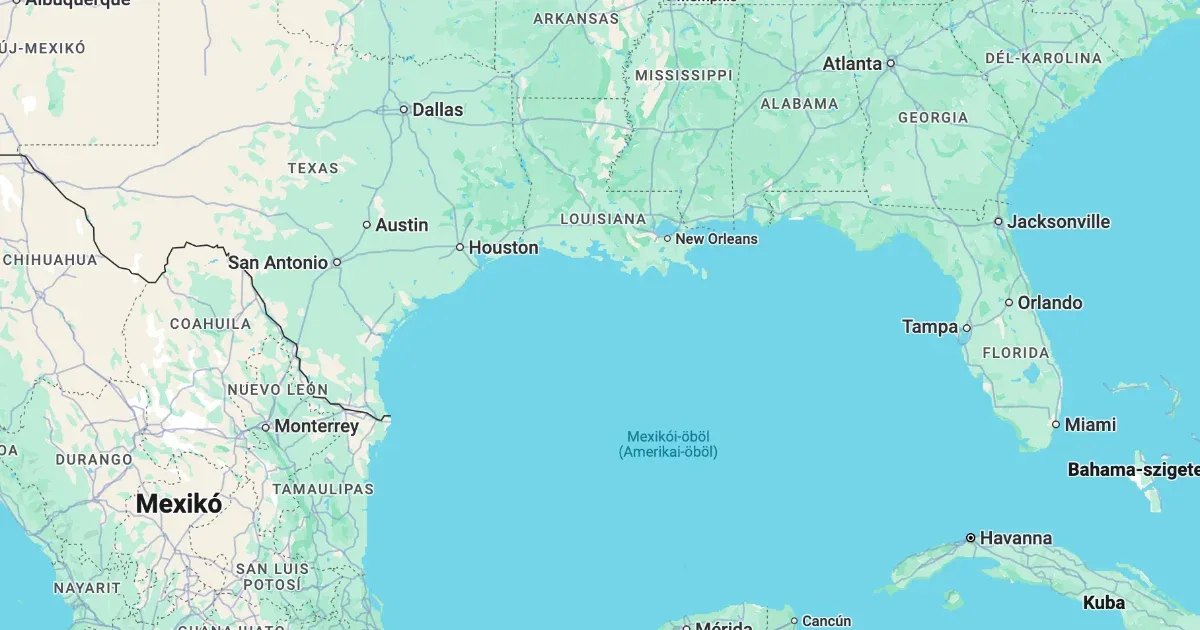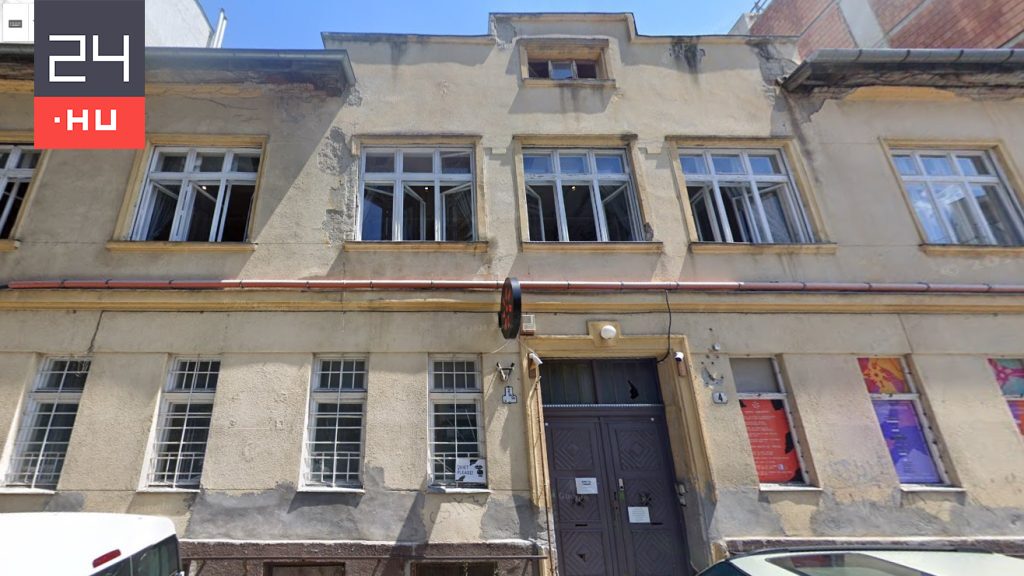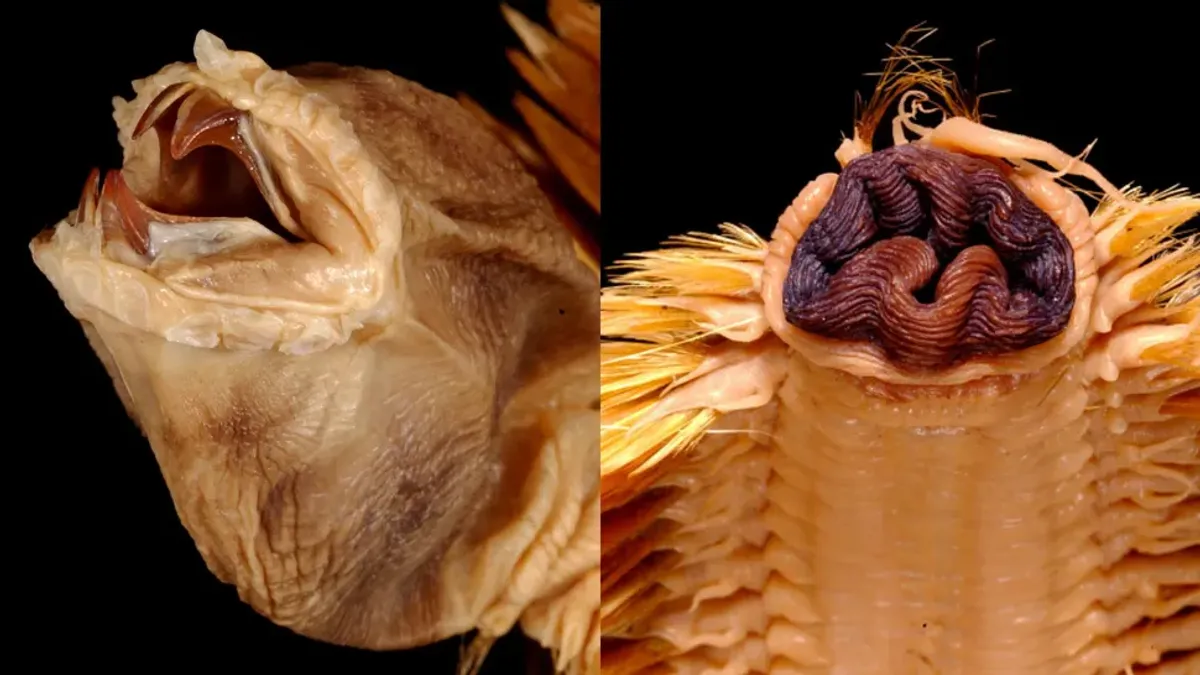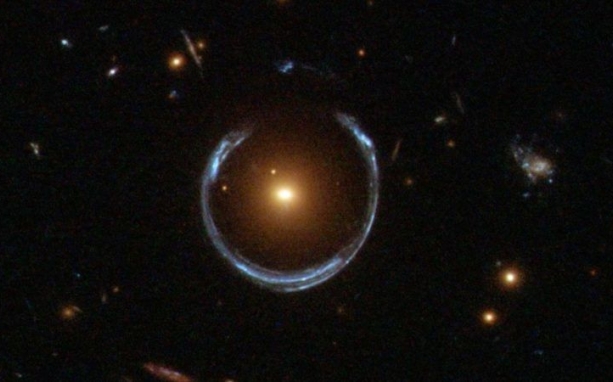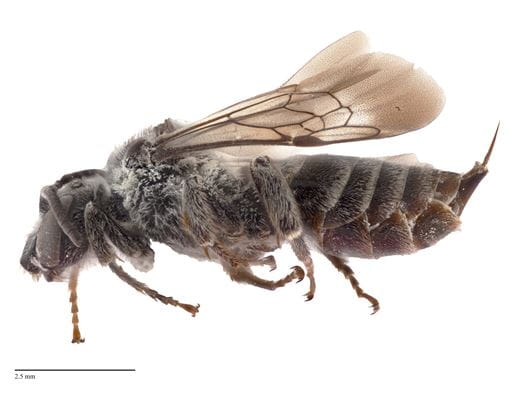It was released on September 27, 2023
Researchers at the Royal Saskatchewan Museum (RSM) have discovered a specimen of a rare bee that was last found in the province more than 65 years ago.
Macropis cuckoo bee specimen, Eboloides pilosulus, collected near Grasslands National Park, near Wood Mountain. The rare bee is a nest parasite, or cuckoo, of the world’s oil-collecting bees Macropis A collection based entirely on wildflower oil known as Fringed Loosestrife, or Lysimachia cilia.
“The Royal Saskatchewan Museum is recognized as a world-class museum and research institution,” said Minister of Parks, Culture and Sport Laura Ross. “This is a very important discovery and another example of the excellent work being done by the research team at RSM.”
Records of this type of bee in Canada are few. They are now pre-1960s from Manitoba, Ontario and Quebec. In the past 13 years, Alberta, Manitoba and New Brunswick have also recorded this species.
In Saskatchewan, they had previously been collected from only two sites: Wood Mountain, in 1955, and Walort, in 1942.
This species has been assessed by the Committee on the Status of Endangered Wildlife in Canada, or COSEWIC, as a species of concern and is considered endangered in Canada. They were previously thought to be extinct in Canada until they were rediscovered in Nova Scotia in the early 2000s.
“This cuckoo is one of only two species in Eboloides “This is a species of bee in the world, and the only one that occurs in the Western Hemisphere,” said Dr Corey Sheffield, Curator of Invertebrate Zoology at the RSM. in Canada.”
For Sheffield, the discovery has another significance, because it was also part of the rediscovery of the species in Nova Scotia.
RSM researchers have been researching this species for the past few years. While they found clusters of host bees and flowers, they did not catch a cuckoo bee.
While processing and identifying insect specimens from some of the RSM’s ancient collections, researchers stumbled upon one specimen collected in 2013 as part of the RSM’s BioBlitz.
“For insects collected by museum researchers, it sometimes takes a long time to process and identify everything they have captured,” Dr. Sheffield said. “I noticed an interesting bee that the summer students had just set up for the group. It was very exciting.”
Saskatchewan is home to nearly 300 different species of bees, many of which are important pollinators of the province’s crops and wild plants. RSM currently has between 250,000 and 300,000 bee specimens in its collection that come from all over North America.
To learn more about the Royal Saskatchewan Museum’s programs and world-class research, visit https://royalsaskmuseum.ca/Or on their social channels @royalsaskmuseum on Facebook, Twitter, Instagram and YouTube.
-30-
For more information please contact:
Jimmy Gibson
Parks, culture and sports
Regina
Phone: 306-527-8152
Email: [email protected]

